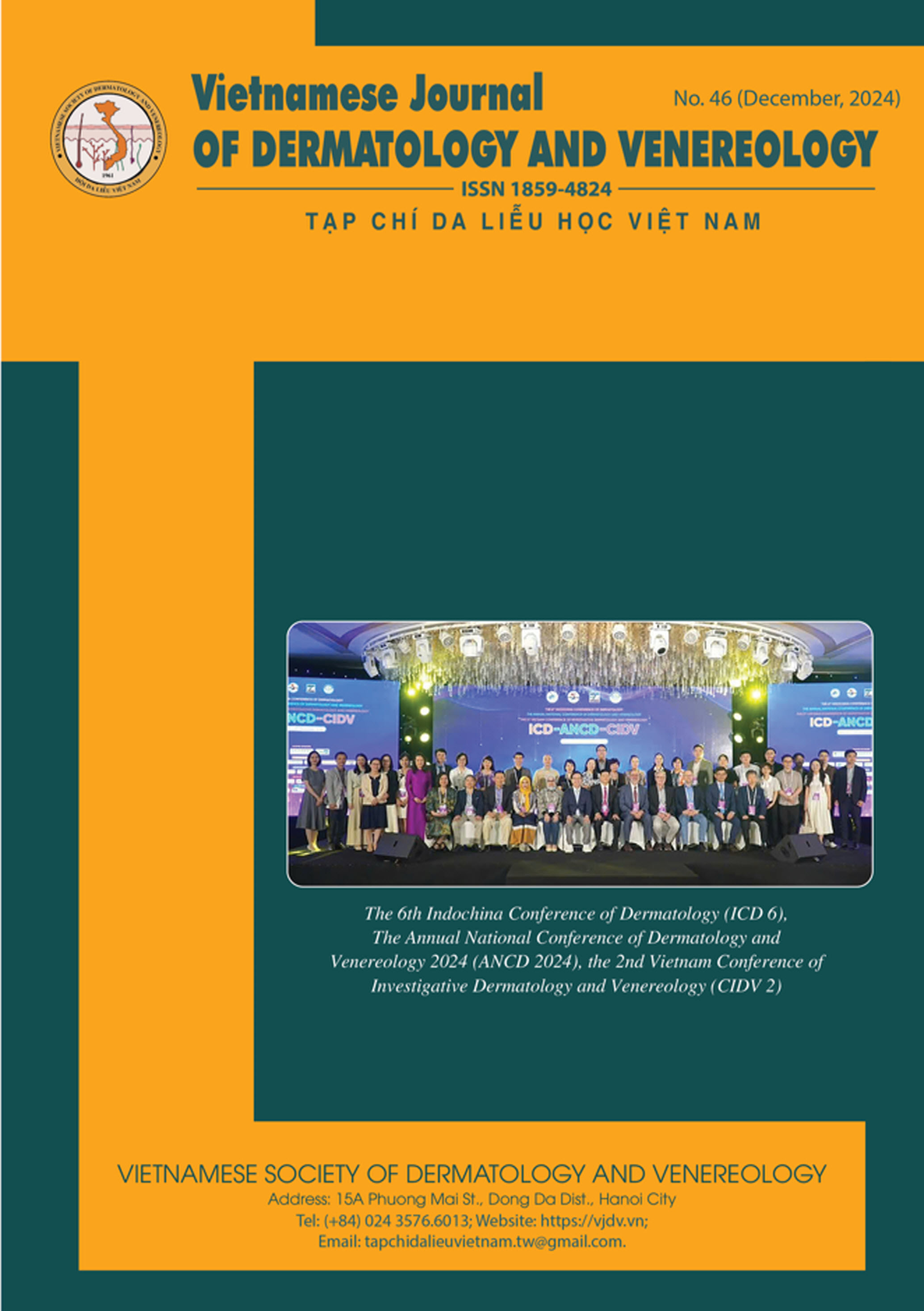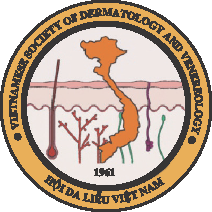HORI NEVUS
DOI:
https://doi.org/10.56320/tcdlhvn.46.205Keywords:
Hori’s nevus, acquired bilateral nevus of Ota-like macules, ABNOM, hyperpigmentation, laser pigmentationAbstract
Acquired bilateral nevus of Ota-like macules, commonly referred to as “Hori nevus,” is a facial hyperpigmentation condition prevalent among Asian women. This condition is characterized by speckled brown to gray-blue hyperpigmented macules that symmetrically appear on both cheeks, often resembling freckles, lentigines or melasma. Traditional treatments, including depigmentation drugs, cryotherapy, dermabrasion, and peels, have generally showed less effective and are associated with significant side effects. Recent studies, however, indicate that pigment-selective Q-switched lasers, particularly the Q-switched Nd:YAG 1064 nm laser, offer good treatment outcomes. Nonetheless, practitioners must carefully consider potential side effects, such as post-inflammatory hyperpigmentation and exacerbation of melasma, when selecting appropriate treatment methods for patients.





